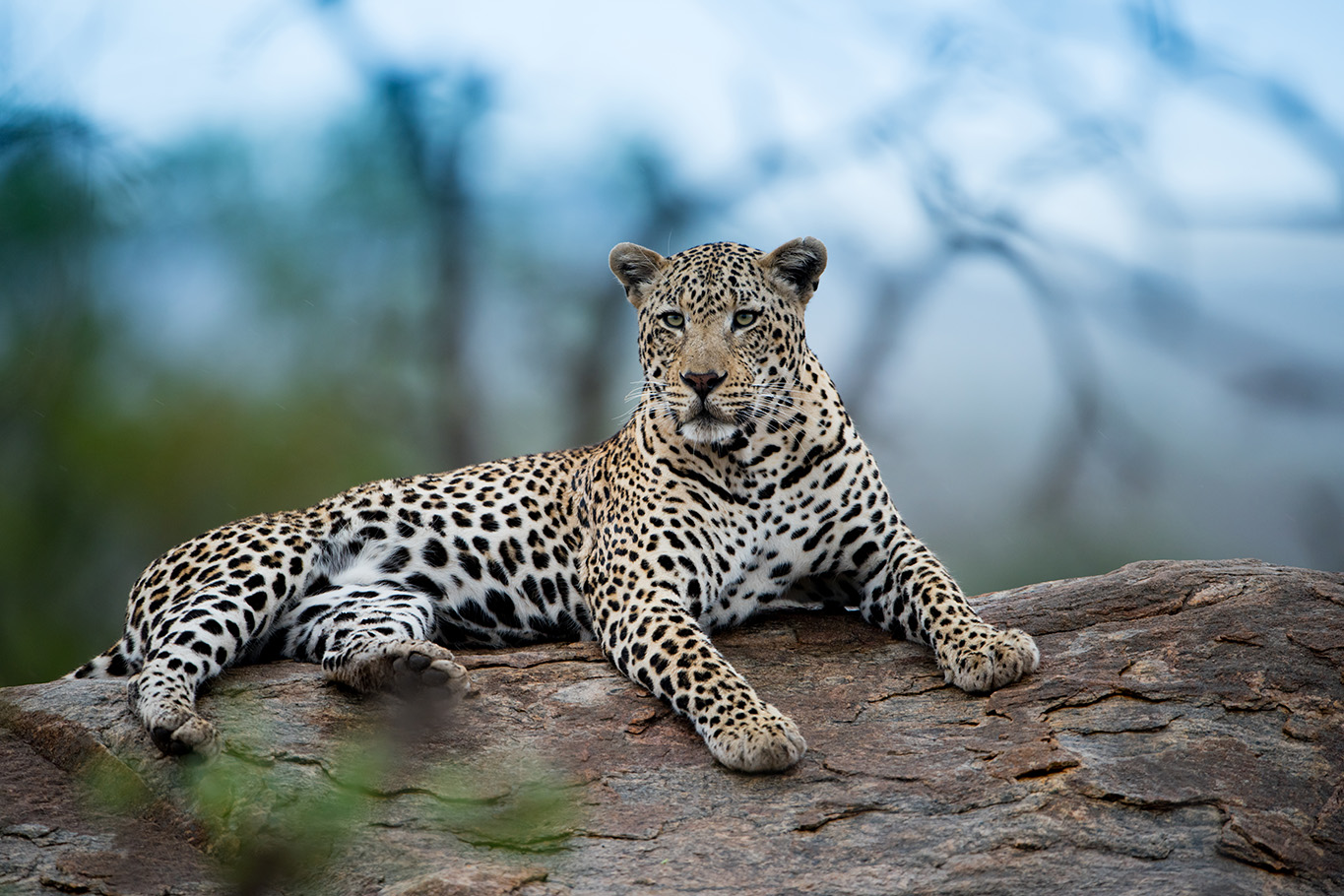 On Thursday, Minister for Environment, Forest and Climate Change, Bhupender Yadav, unveiled a report revealing that India’s leopard population has surged to 13,874, with a range between 12,616 to 15,132 individuals.
On Thursday, Minister for Environment, Forest and Climate Change, Bhupender Yadav, unveiled a report revealing that India’s leopard population has surged to 13,874, with a range between 12,616 to 15,132 individuals.
According to the report titled ‘Status of Leopards’, Central India exhibits a stable or slightly growing leopard population, increasing from 8,071 in 2018 to 8,820 in 2022. Yet, the Shivalik hills and Gangetic plains saw a decrease, falling from 1,253 in 2018 to 1,109 in 2022.
The report highlights a 1.08 percent annual growth in leopard population across India’s sampled areas from 2018 to 2022. Conversely, the Shivalik hills and Gangetic plains saw a -3.4 percent decline annually, while Central India and Eastern Ghats registered a growth rate of 1.5 percent.
Madhya Pradesh hosts the largest leopard population in the country, with 3,907 individuals in 2022 compared to 3,421 in 2018, followed by Maharashtra, Karnataka, and Tamil Nadu.
The tiger reserves or sites with the highest leopard populations are Nagarajunasagar Srisailam in Andhra Pradesh, Panna, and Satpura in Madhya Pradesh.
The report details the fifth cycle of leopard population estimation (2022) in India, focusing on forested habitats within 18 tiger states across four major tiger conservation landscapes. During this period, foot surveys spanning 6,41,449 km were conducted to gauge carnivore indications and prey availability. Additionally, 32,803 camera traps were strategically positioned, yielding a total of 4,70,81,881 photographs, including 85,488 images capturing leopards.
The findings underscore the crucial role of Protected Areas in conserving leopard populations, highlighting the broader species protection efforts beyond Project Tiger’s initial focus on tigers.













